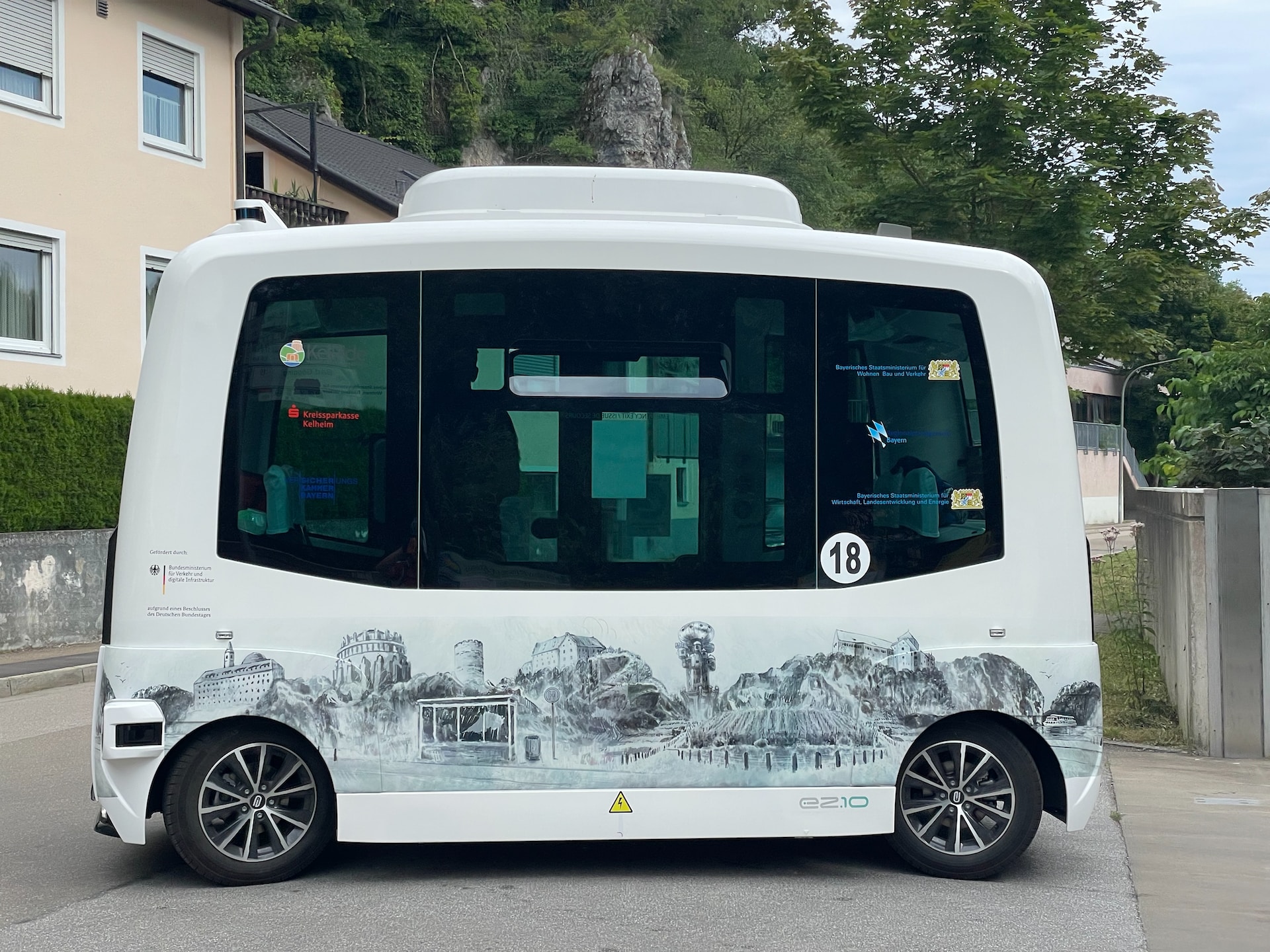Companies like Terrafugia and PAL-V have made substantial headway in constructing prototype flying cars, suggesting that science fiction may not be completely wrong about the future of transportation. Integrating modern aerodynamic technologies, vertical takeoff and landing capabilities, and user-friendly controls is essential for creating a flying automobile that can easily switch between ground and air transport. The potential advantages of flying vehicles include the alleviation of traffic congestion, the provision of faster and more efficient transport choices, and the facilitation of emergency response in times of crisis. Regulatory and legal frameworks, infrastructural needs, environmental factors, and potential substitute forms of transportation are among the most critical aspects of the notion of flying automobiles. Legal and regulatory frameworks necessitate the development of intricate systems for air traffic management, certification, and safety.
Landing strips, fuelling stations, and repair garages all need to be built as part of the necessary infrastructure. Sustainable propulsion system design and emission control technology development are two environmental priorities. The hyperloop and teleportation are two examples of future transportation methods. Before the widespread use of flying automobiles is possible, several obstacles must be overcome. There has been enough progress recently to make flying automobiles a plausible possibility.
In preparation for their introduction into our transportation networks, businesses are hard at work developing prototypes and regulatory frameworks are being set up. There are rigorous air traffic control systems and certification procedures in place to ensure the safe operation of flying automobiles. Possible environmental benefits of flying cars include less time spent in traffic and fewer emissions per passenger as a result of shorter journey durations. The development of flying automobiles has several obstacles, such as establishing legislative frameworks, resolving infrastructural needs, reducing environmental consequences, and allowing for a smooth transition between ground and air mobility. The hyperloop and flying automobiles may share the sky since each has its own set of benefits.
Considering potential alternatives and future obstacles, science fiction has the potential to shape the development of transportation in the future. Several fundamental elements and developments will shape the transportation industry of the future. Improvements in sustainable fuel options, urban air transportation, and hyperloop and high-speed rail are only a few examples of these developments. The price of electric vehicles is dropping as their range and recharge times improve. The advent of autonomous cars has great promise for improving road safety, boosting productivity, and revolutionizing the way we perceive the act of driving itself.
Smart and connected infrastructure will improve efficiency by facilitating more effective traffic management. Rapid and efficient long-distance travel is a goal of the development of high-speed transportation systems like the hyperloop and high-speed rail. The idea of using aircraft to improve urban transportation is gaining popularity. Decarbonizing transportation and developing a greener means of transportation are two of the goals of sustainable fuel solutions. Sustainability, efficiency, and the need for more convenient transportation will all play a role in shaping the future of transportation technology.
Hyperloops, driverless cars, urban air mobility, and maglev trains are just a few examples of the kinds of transportation that might significantly impact how we travel in the years ahead. Pods in a hyperloop, which travel in low-pressure tubes, may travel at extremely high speeds. In the near future, autonomous vehicles equipped with high-tech sensors, AI, and ML algorithms will likely become more commonplace. Flying vehicles, including drones and air taxis, are used for urban transportation to increase “urban air mobility.” Maglev trains, also known as magnetic levitation trains, are a kind of high-speed rail transit that are suspended and propelled above the rails using magnetic forces.
Individuals or small groups can take advantage of PRT systems, which use small, automated cars to get them where they need to go quickly. Suborbital space flight is becoming a viable option for rapid, intercontinental travel. Freedom of Movement Urbanites is showing a marked preference for electric scooters, electric bikes, and small electric cars. These gadgets provide an environmentally beneficial substitute for conventional transportation, helping ease traffic and reduce pollution. Widespread use and implementation, however, may call for new technologies, improved infrastructure, and stricter regulations. Still, if developed, these modes of transportation have the potential to revolutionize how we get around, making journeys quicker, more efficient, and less taxing on the environment.

